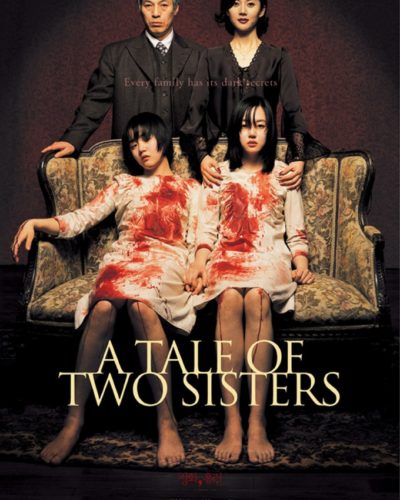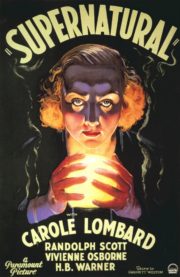“Tannis, Anyone?” – Conjuring Dread in Familiar Walls
In 2014, audiences were re-introduced to the unnerving world of “Rosemary’s Baby,” a chilling tale of paranoia, witchcraft, and motherhood. Directed by Agnieszka Holland, this reimagining of the 1968 classic, based on Ira Levin’s novel, attempts to capture the original’s sense of impending doom and unsettling quietude. The film chronicles the story of Rosemary Woodhouse, an expectant mother who, along with her husband Guy, becomes entangled in a web of sinister secrets after moving into a Parisian apartment with a dark past.
Whispers in the Shadows – Crafting Atmospheric Tension
Unlike many of its horror contemporaries, “Rosemary’s Baby” eschews jump scares in favor of a slow-burning, psychological terror. The film’s dread-soaked atmosphere is meticulously constructed through long, brooding shots and claustrophobic framing. Holland’s approach to building tension relies heavily on planting seeds of doubt and letting them fester in the viewer’s mind. We watch, powerless, as Rosemary’s agency is chipped away by overbearing neighbors and a dismissive husband – the horror lies as much in her isolation as it does in the supernatural undertones threading the story.
Painting Nightmares – A Visual and Auditory Study of Horror
The cinematography of “Rosemary’s Baby” is remarkable in its use of color, often opting for a muted palette that mirrors the protagonist’s increasing despair. Moments of bright color serve to jolt the audience, acting as harbingers of the macabre events to follow. The camera work is invasive, frequently intruding into intimate spaces, leaving viewers feeling like unwelcome, yet spellbound, voyeurs.
Sound is a character in its own right in the film. The eerie lullabies and the murmuring chants of the cult play on a loop in Rosemary’s head – and ours. Silence is used deftly, turning the absence of sound into a canvas for our own fears. When the soundtrack swells, it’s discordant and jarring, an auditory manifestation of Rosemary’s spiraling confusion and fear.
A Ensemble of Terror – When the Cast Incites Fear
The believability of the terror in “Rosemary’s Baby” is anchored by sincere performances. The characters are drawn with enough complexity to keep us guessing at their true intentions, lending gravity to the ever-present paranoia. Rosemary’s mounting terror is palpable through the exceptional portrayal of her character, who makes every glance and shiver felt. The subtlety of the performances adds layers to the film; the cast’s measured delivery ensures that the terror is always a slow, creeping tide rather than a sudden onslaught.
The interplay between psychological and supernatural horror combined with the exploration of themes such as bodily autonomy, trust, and patriarchal structures infuse the narrative with more than mere chills. It is here that the film truly excels, playing mind games with both Rosemary and the viewer, questioning the nature of reality and the reliability of perception.
The Verdict – A Spellbound Horror
“Rosemary’s Baby” in its 2014 rendition offers a persistent, creeping dread that clings beyond the final credits. It’s a horror movie that relies on atmosphere and psychological manipulation rather than visceral scares, making it a refreshing change of pace in a genre often dominated by gore and violence. Though not as groundbreaking as the original, the film stands as an intelligently crafted piece of horror, effective in its intention to unsettle and provoke thought.
Horror purists and fans of psychological thrillers may find pleasure in the film’s methodical pacing and rich atmospheric tension. It serves as a reminder that the most profound horrors are often those that squirm into the psyche, rather than those that leap from the shadows.
In comparison to other genre contemporaries, “Rosemary’s Baby” may not have the same gut-punch impact but offers a cerebral experience that echoes long after the viewing. In the pantheon of horror, it respects its lineage while weaving its own urban, gothic tapestry.
To conclude, the film’s strengths lie in its ability to create a palpable atmosphere of dread, bolstered by compelling performances and a haunting score. Its weaknesses stem from the inevitable comparisons to the iconic original, which it never quite escapes. Viewer discretion is advised for those sensitive to themes of psychological manipulation and the occult. For those willing to grapple with its subdued terror, “Rosemary’s Baby” can be a rich, unsettling experience, worthy of the horror aficionado’s attention.




